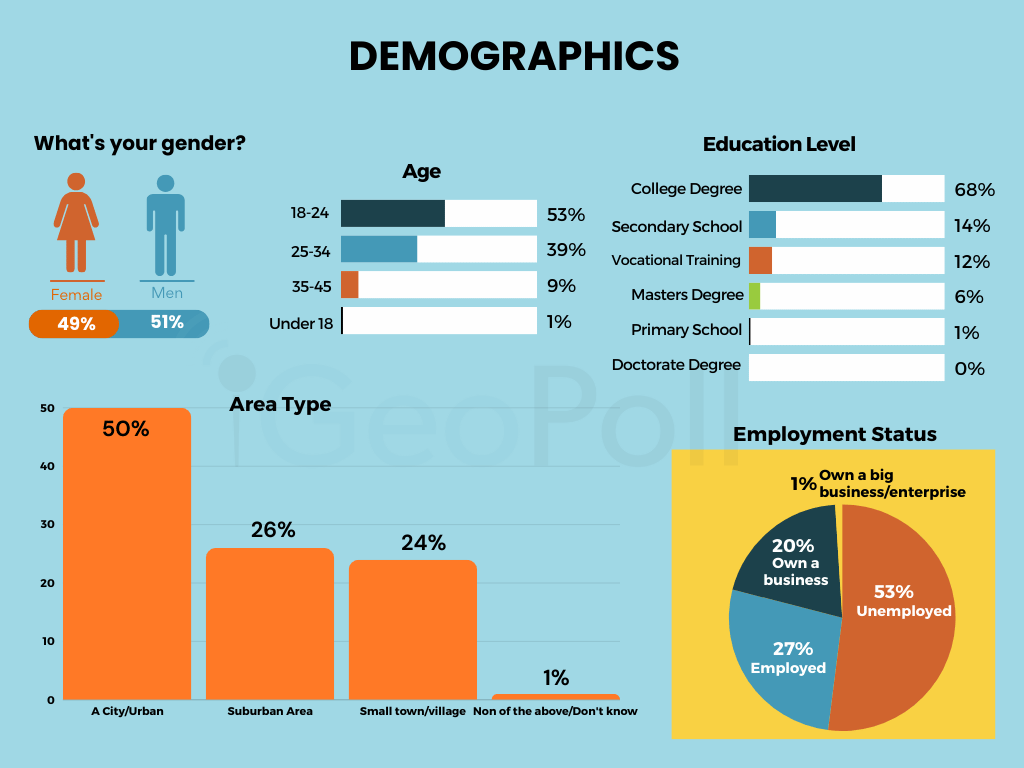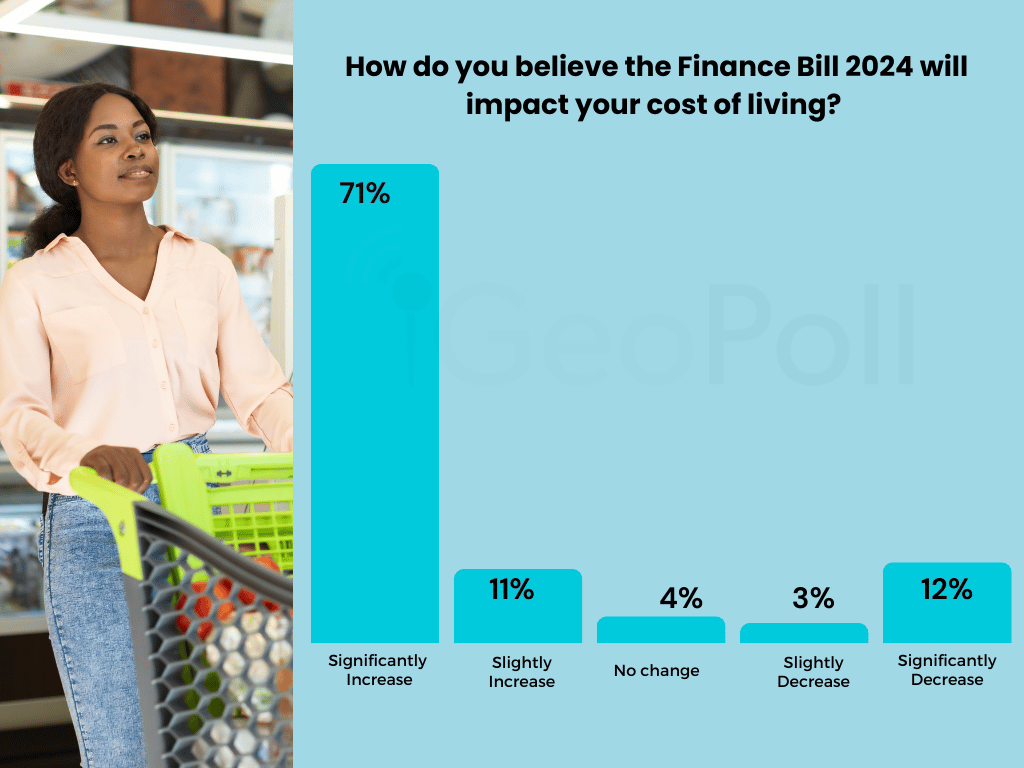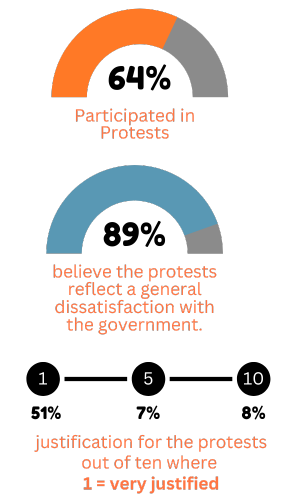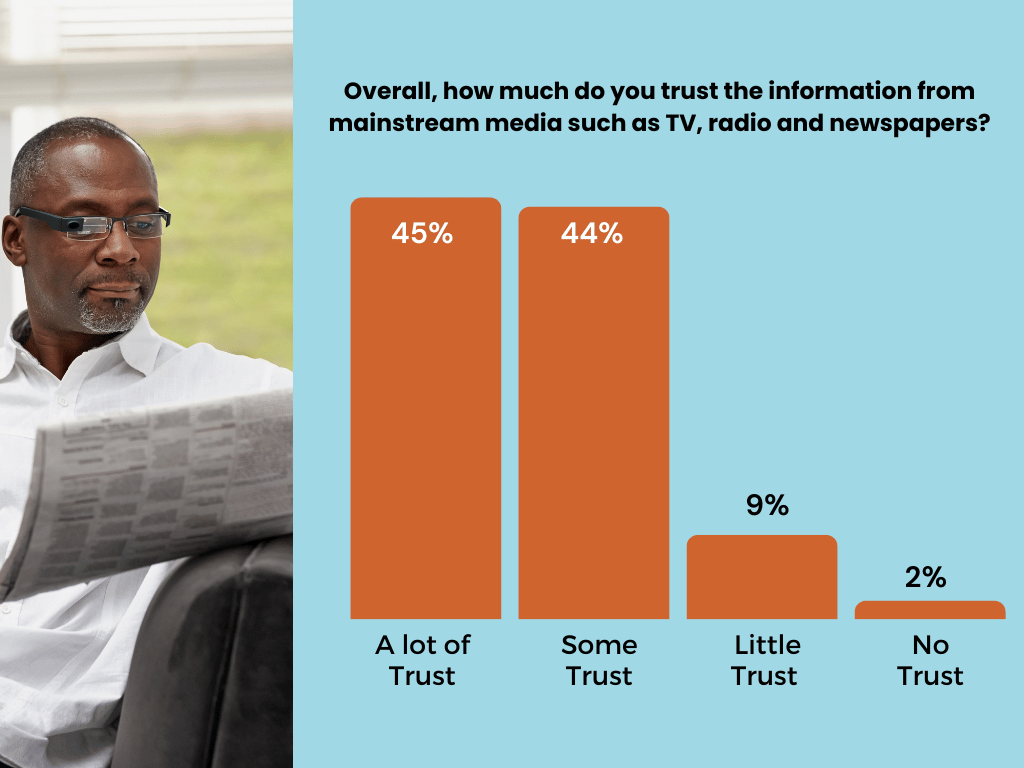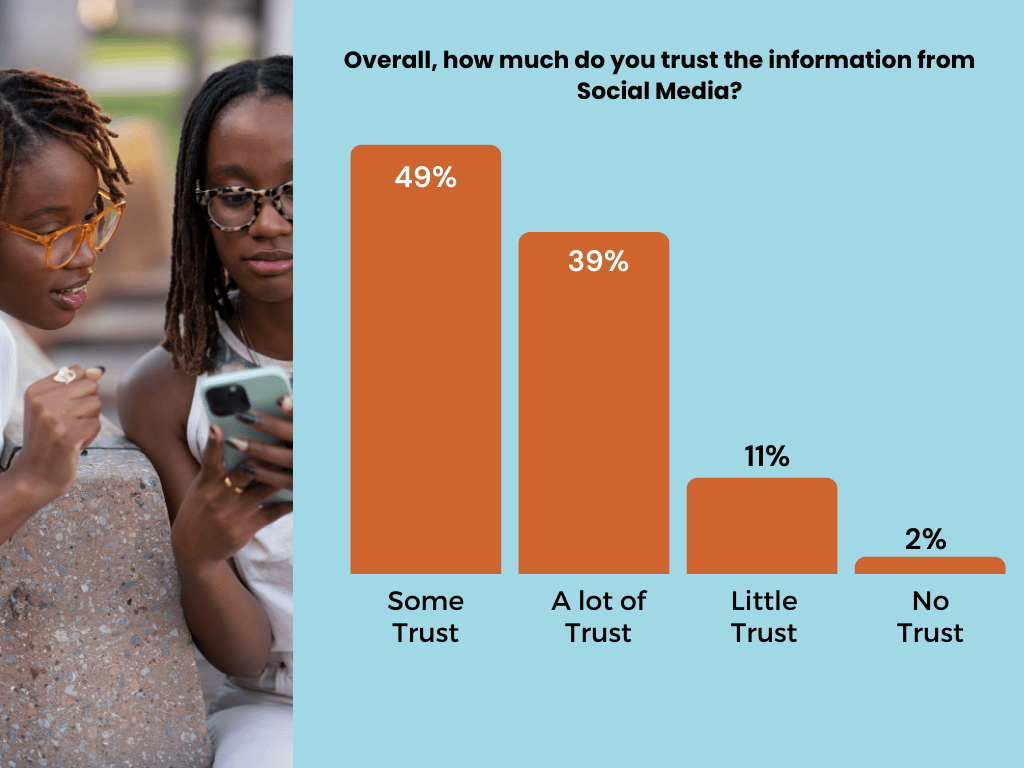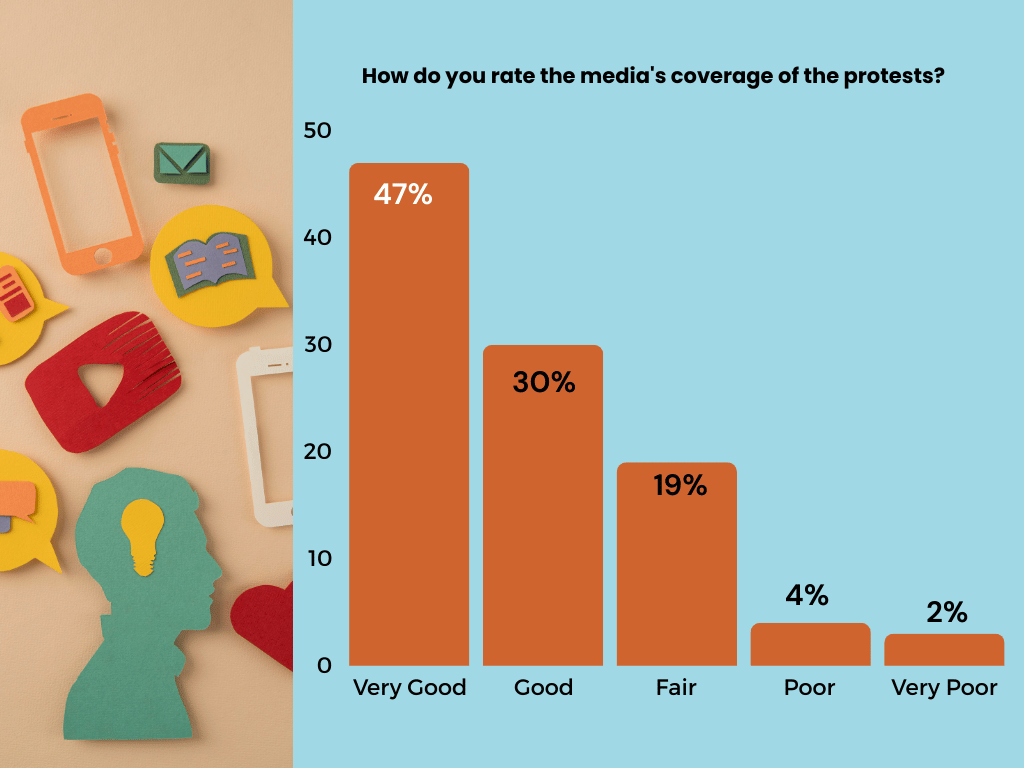Many respondents expressed hope that the protests would lead to positive changes in government policies. They believe that the government will be more inclined to listen to the voices of the people and engage more actively with citizens before making significant decisions. Some of the anticipated positive impacts include:
- Increased Public Engagement: Respondents expect the government to involve the public more in decision-making processes, particularly in the formulation of policies and bills. This could lead to more inclusive and representative governance.
- Policy Revisions: There is hope that the government will revisit and revise policies to better align with the needs and concerns of the citizens, especially the youth. This includes potentially reducing taxes and addressing the high cost of living.
- Greater Accountability: Some respondents believe that the protests will pressure the government to be more accountable and transparent in its actions, leading to better governance and reduced corruption.
- Economic Adjustments: There is an expectation that the government will take steps to improve the economic conditions, such as creating job opportunities and supporting small businesses, which are critical issues raised during the protests.
On the other hand, several respondents expressed concerns about the potential negative consequences of the protests on government policies. These concerns include:
- Economic Disruptions: Some respondents fear that the protests will negatively impact the economy by causing disruptions in daily activities, reducing productivity, and leading to loss of revenue. This could hinder the government’s ability to implement developmental projects.
- Increased Harshness: There is a concern that the government might respond to the protests with harsher policies and increased security measures, which could further escalate tensions and limit public freedoms.
- Political Instability: Some respondents worry that the protests could lead to political instability, with potential negative effects on governance and public services. This instability might also deter foreign investment and tourism, further impacting the economy.
- Damage and Loss: The protests have led to the destruction of property and loss of lives, which respondents feel could have long-term negative effects on community relations and public trust in the government.
A portion of the respondents were uncertain about the potential impact of the protests on government policies. They expressed a wait-and-see attitude, acknowledging that while the protests have raised important issues, it remains to be seen how the government will respond in the long term.
